 Agroforestry (GF) Sequestration
Agroforestry (GF) Sequestration
Agroforestry is defined as a land-use system that involves the deliberate retention, introduction or mixture of trees or other woody perennials with agricultural crops, pastures and/or livestock to exploit the ecological and economic interactions of the different components of the project area. While agroforestry is widely practiced and acknowledged to have positive benefits for carbon sequestration there is a paucity of quantitative data on specific projects. The main advantage of agroforestry is the potential for carbon sequestration while leaving large areas for agricultural production resulting in food security, economic diversification and community jobs. PAC will provide the same level of direct measurement protocols for agroforestry as for reforestation. Agroforestry may also provide benefits to manage methane (CH4) and nitrous oxide (N2O) emissions.
An idealized agroforestry project is depicted below. The graphic shows agriculture (maize) cocoa and banana production with vertical fluxes for the primary greenhouse gases CO2, CH4 and N2O.
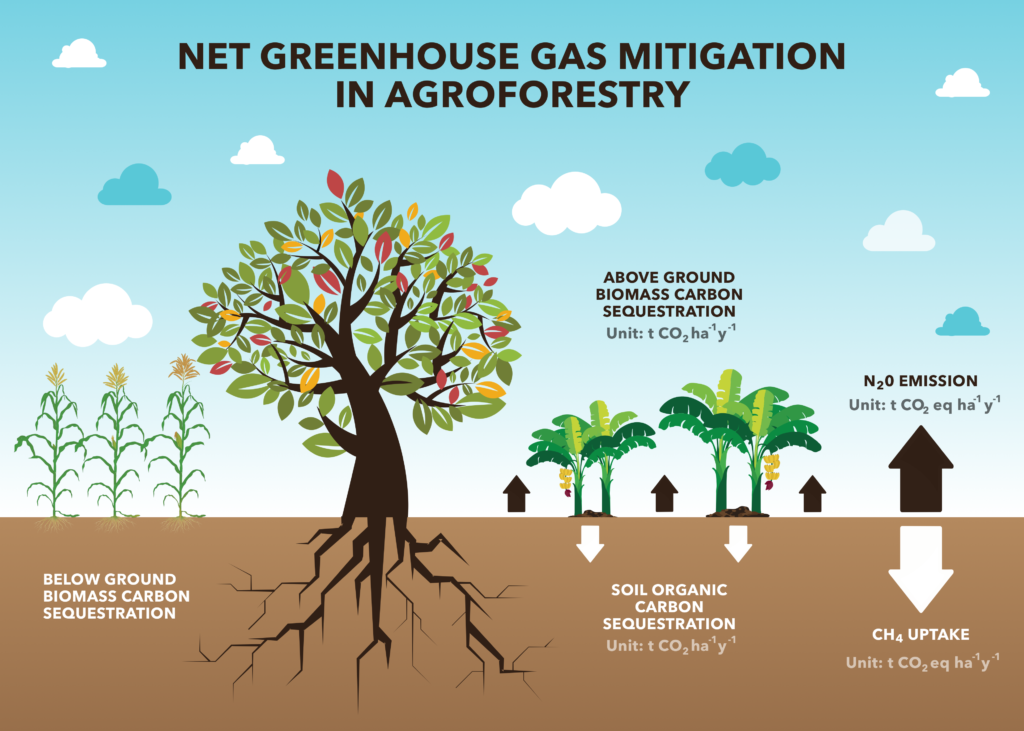
Additional Reading
2017
Abbas, Farhat, Hafiz Mohkum Hammad, Shah Fahad, Artemi Cerdà, Muhammad Rizwan, Wajid Farhad, Sana Ehsan, and Hafiz Faiq Bakhat. “Agroforestry: a sustainable environmental practice for carbon sequestration under the climate change scenarios—a review.” Environmental Science and Pollution Research (2017): 1-15.
Cardinael, Rémi, Tiphaine Chevallier, Aurélie Cambou, Camille Béral, Bernard G. Barthès, Christian Dupraz, Céline Durand, Ernest Kouakoua, and Claire Chenu. “Increased soil organic carbon stocks under agroforestry: A survey of six different sites in France.” Agriculture, Ecosystems & Environment 236 (2017): 243-255.
Chen, Chunfeng, Wenjie Liu, Xiaojin Jiang, and Junen Wu. “Effects of rubber-based agroforestry systems on soil aggregation and associated soil organic carbon: Implications for land use.” Geoderma 299 (2017): 13-24.
Vanderhaegen, Koen, Lore Geeraert, Jan Mertens, Maarten Van Geel, Raf Aerts, Olivier Honnay, Bruno Verbist, Bart Muys, and Matthias De Beenhouwer. “Biodiversity and carbon storage co-benefits of coffee agroforestry across a gradient of increasing management intensity in the SW Ethiopian highlands.” (2017).
2016
Asase, Alex, and Daniel A. Tetteh. “Tree diversity, carbon stocks, and soil nutrients in cocoa-dominated and mixed food crops agroforestry systems compared to natural forest in southeast Ghana.” Agroecology and Sustainable Food Systems 40, no. 1 (2016): 96-113.





 Biodiversity (B) Avoided Carbon
Biodiversity (B) Avoided Carbon Gorilla Habitat (G) Avoided Carbon
Gorilla Habitat (G) Avoided Carbon Methane (CH4)
Methane (CH4)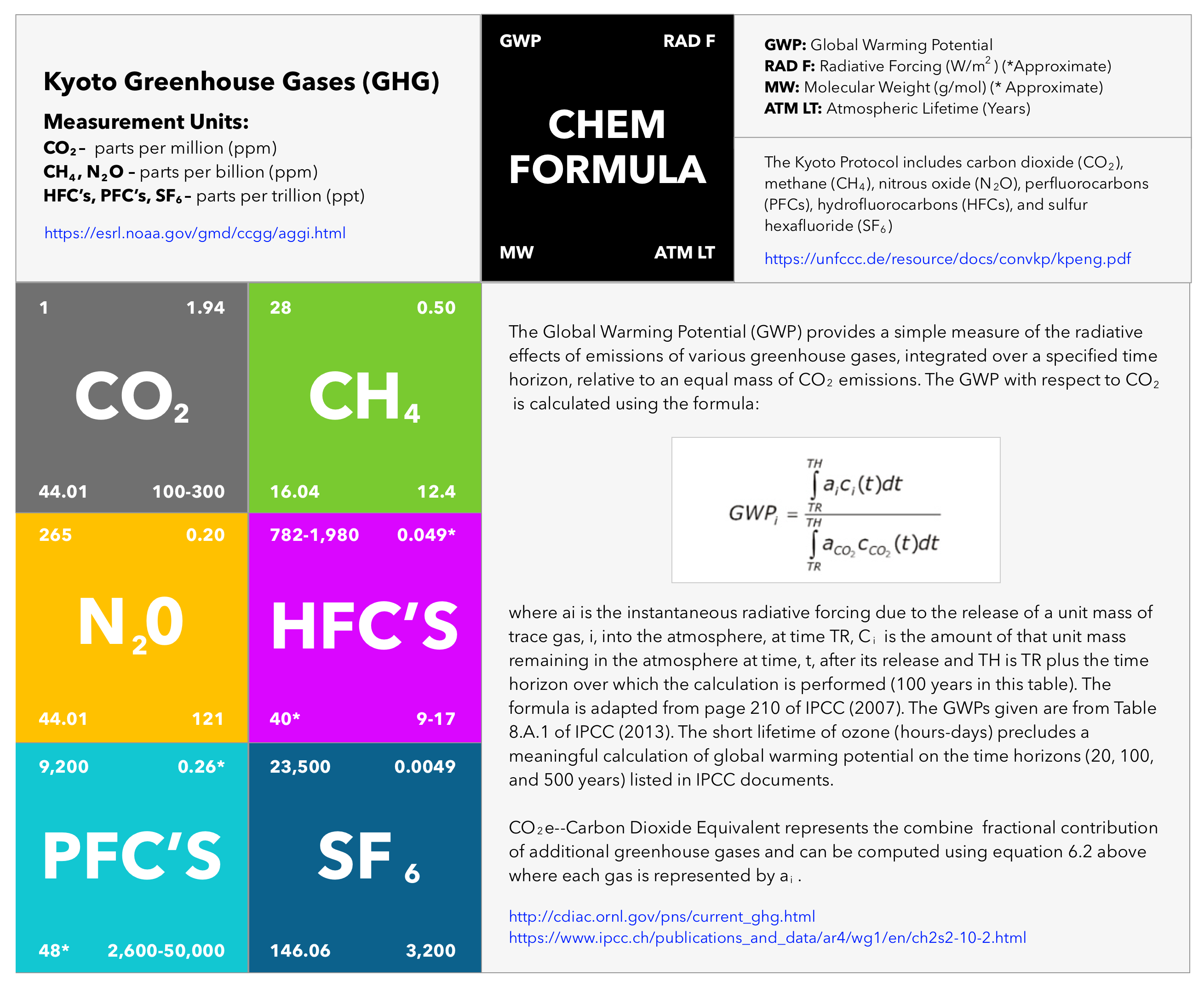
 Indigenous Peoples (IP) Avoided Carbon
Indigenous Peoples (IP) Avoided Carbon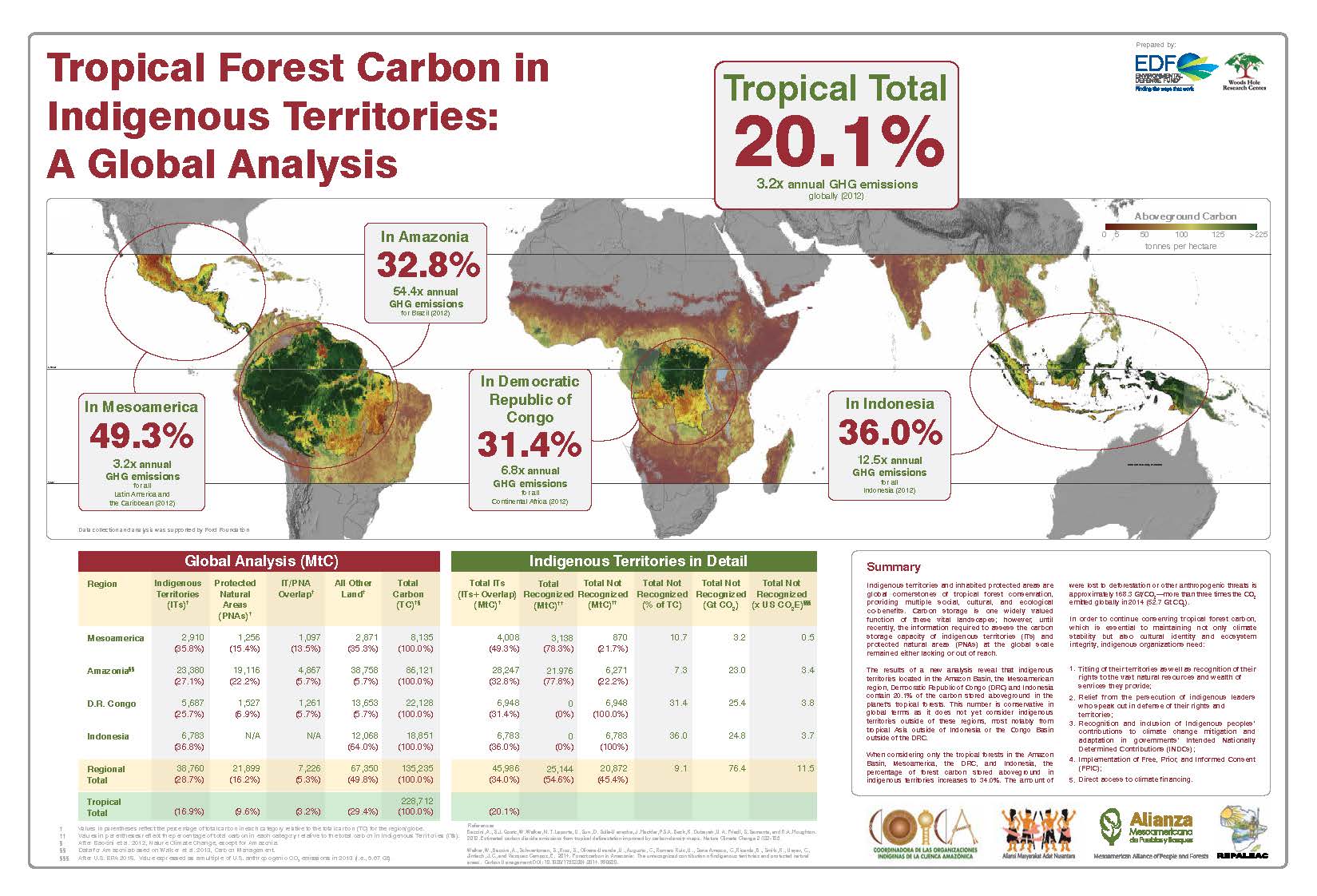
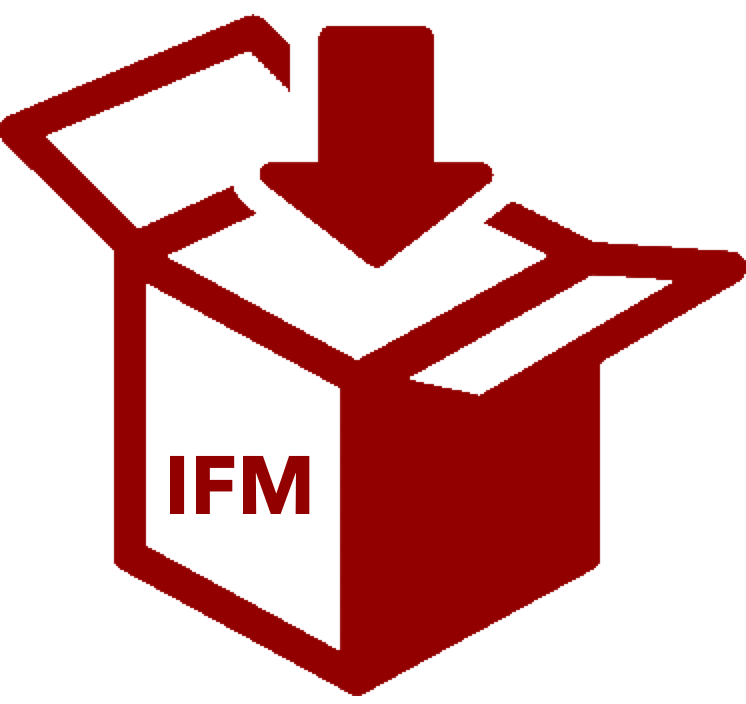 Improved Forestry Management (IFM) Sequestration
Improved Forestry Management (IFM) Sequestration Afforestation (AF) Sequestration
Afforestation (AF) Sequestration
 Agroforestry (GF) Sequestration
Agroforestry (GF) Sequestration

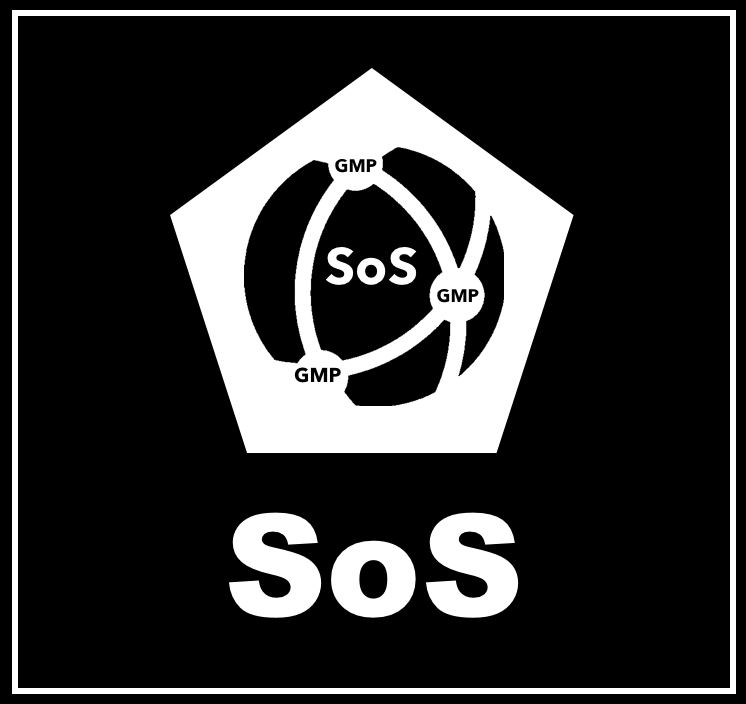 The System of Systems (SoS)
The System of Systems (SoS) QuantumQarbon
QuantumQarbon
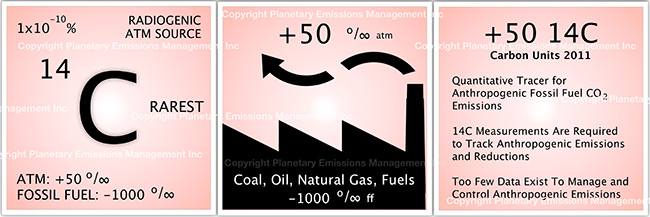
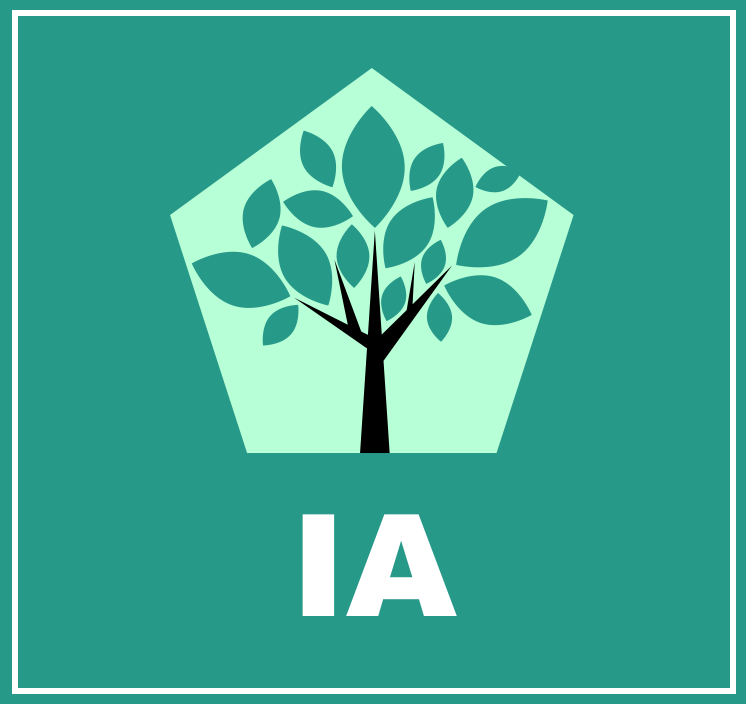 Carbon isotopic analysis (IA)
Carbon isotopic analysis (IA)

 Carbon Dioxide (CO2)
Carbon Dioxide (CO2) Working Forest Carbon Sequestration
Working Forest Carbon Sequestration Eddy Covariance (EC)
Eddy Covariance (EC)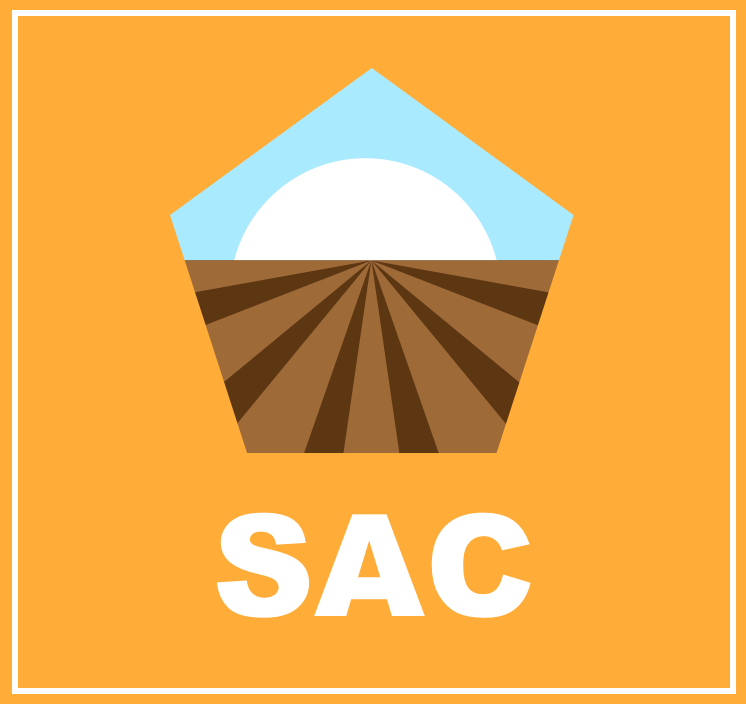 Soil Accumulation Chambers (SAC)
Soil Accumulation Chambers (SAC) Soil gas probes (SGP)
Soil gas probes (SGP) Exsolvation of Dissolved CO2 (CO2(aqueous)) and CH4
Exsolvation of Dissolved CO2 (CO2(aqueous)) and CH4 Vehicle Mounted Fast Response Gas Analyzers (VM)
Vehicle Mounted Fast Response Gas Analyzers (VM) Unmanned Aerial Systems (UAS) and Remote Sensing (RS)
Unmanned Aerial Systems (UAS) and Remote Sensing (RS) A variety of UAS’s may be used in a project to record the status of forest conditions at low altitude (e.g., ~1,000 ft) on a routine basis, when a disturbance has occurred (e.g., hurricane, drought, timber operations) or for surveillance of forest activity by landowners or others accessing the site. Typical capabilities may include spectral imaging of the tree canopy and mapping functions to reveal differences along the flight path over time. In addition, UAS’s may also carry miniaturized gas sensors for CO2, CH4 and other atmospheric gases. The use of remote sensing (RS) for ecological research is well documented covering spectral bands for normalized difference vegetation index (NDVI), leaf evapotranspiration and other features of the biotic and abiotic project area.
A variety of UAS’s may be used in a project to record the status of forest conditions at low altitude (e.g., ~1,000 ft) on a routine basis, when a disturbance has occurred (e.g., hurricane, drought, timber operations) or for surveillance of forest activity by landowners or others accessing the site. Typical capabilities may include spectral imaging of the tree canopy and mapping functions to reveal differences along the flight path over time. In addition, UAS’s may also carry miniaturized gas sensors for CO2, CH4 and other atmospheric gases. The use of remote sensing (RS) for ecological research is well documented covering spectral bands for normalized difference vegetation index (NDVI), leaf evapotranspiration and other features of the biotic and abiotic project area.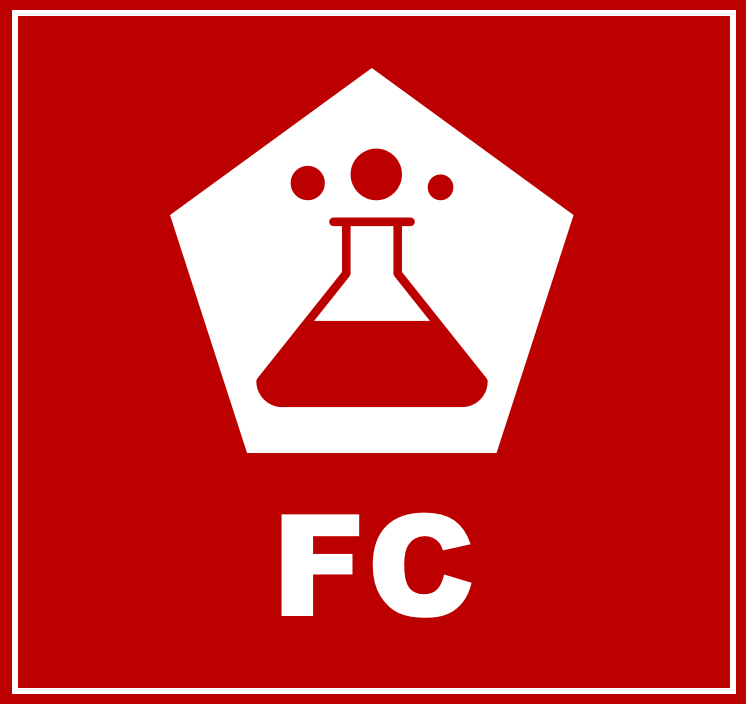 Flask Collection (FC)
Flask Collection (FC) Nitrous Oxide (N2O)
Nitrous Oxide (N2O) Sulfur Hexaflouride (SF6)
Sulfur Hexaflouride (SF6) Tree Plantation
Tree Plantation Perfluorocarbon (PFC)
Perfluorocarbon (PFC) Water Vapor (H2O)
Water Vapor (H2O)